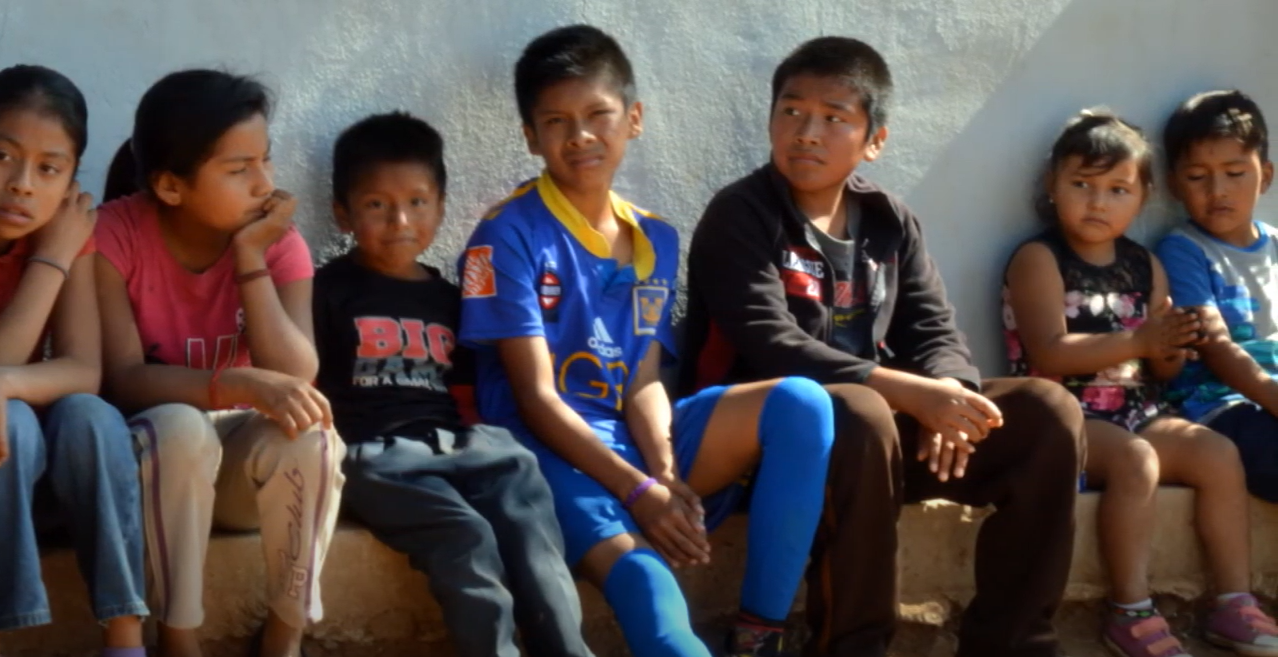The Culture

Ensenada is very diverse and doesn’t have a well-defined culture of its own, as the Baja California peninsula has experienced several significant cultural influences in its history. The Indian groups indigenous specifically to Baja California never recovered from the ravages of war and disease that caused their initial decline in the 17th century. Today, it is estimated that the population of northern Baja California that speaks indigenous languages is under two percent, and the majority of those individuals are transplants from other parts of the Mexican Republic.
Ensenada’s culture is an assimilation of several traditions, and its diversity is in part attributed to Spanish, Russian, and American influences. The growth of the wine industry in the area came about from Spanish missionaries and Russian settlers. The Spanish missionaries were the first to bring wine to Baja California. However, it was the Molokan Russian settlers, who began to arrive in numbers in the early 1920s, who cultivated the vineyards in and around Ensenada. Russian museums in the city are reminiscent of this.
Obvious Spanish influences are the primary language spoken today and the Catholic religion. Some of the Indian influences are the Dia de los Muertos (Day of the Dead) celebration and feasts held before and after harvest season. The city is known for its festivities and hosts many events and festivals throughout the year.
There is also a strong influence of the American culture. Traditionally regarded as an American holiday, Thanksgiving is celebrated in Mexico as a religious holiday just days after the Revolution Day celebration. Another American influence is the tradition of trick-or-treating on Halloween, the night before the Dia de los Muertos celebration begins.
In collectivist cultures like the Mexican culture, the emphasis is more on social groups than it is the individual. A greater emphasis is placed on harmony and honoring others, leading to a strong sense of gratitude. The children of Ensenada grow up with all of these traditions as a part of their very rich heritage, even those with stronger influences from one culture over others. No matter their roots, they have one thing in common. They have a deep understanding of gratitude.
